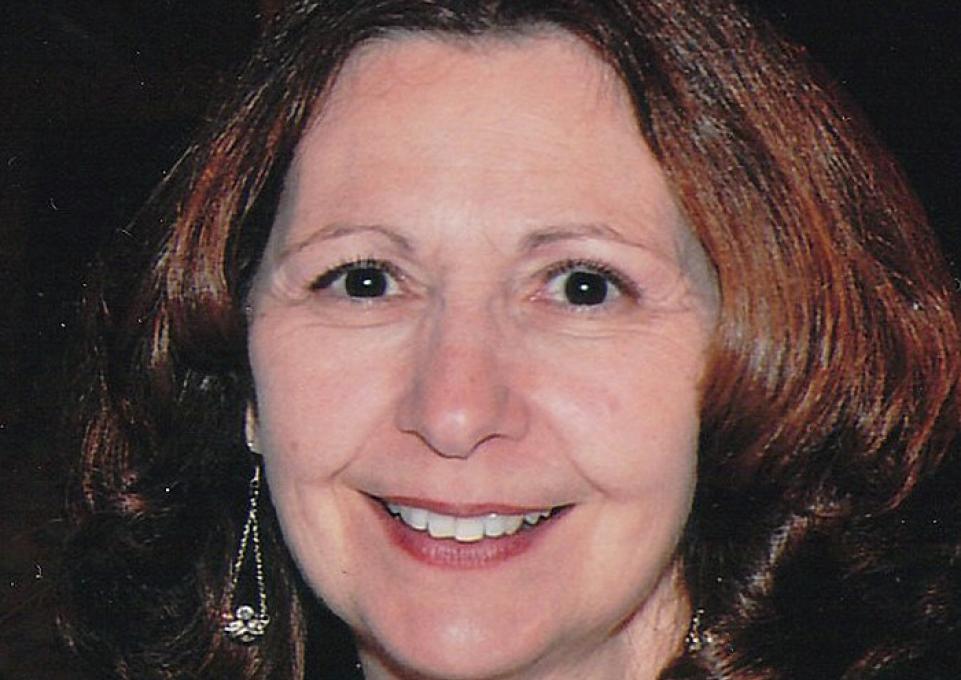
When Diane Dillon, lecturer in Buffalo State’s Computer Information Systems Department, worked in the computer science field in the late 1970s and 1980s, she had plenty of female peers.
“About half of my colleagues were women,” said Dillon, who started at Cullen Industries in Buffalo before spending two decades at Ingram Micro in Williamsville, New York. She retired in 2007 as the vice president of information technology.
However, the numbers of women working in the IT field started dwindling in the early 1990s, a phenomenon that companies such as Google are trying to correct.
The theories behind the nationwide decline are varied, ranging from the marketing of personal computers almost exclusively to males beginning in the 1980s to workplace discrimination. The latter came into stark relief in August when a Google software engineer sent a memo criticizing the company’s efforts to increase the number of minorities and women in its ranks. He attributed the low number of women in technical positions to biological differences.
Dillon discounts the engineer, who was later fired for his comments that went viral, as an aberration.
“I never had anyone treat me differently because I’m a woman. I always felt supported within my company.”
In fact, she didn’t think much about her gender while moving up the ranks at Ingram.
“There is no substitute for hard work,” she said. “Once you prove that you can do the job, that you’re reliable and proficient, I don’t think gender matters.”
And she attributes the recent drop in women in the computer science field to more opportunities for women, not fewer.
“In the ‘70s and ‘80s, if you loved computers, you had to focus your career on computer science,” she said. “Now, you can work on the technological side of any industry—business, medicine, fashion.”
When she was an undergraduate, few colleges offered computer science degrees. She majored in math and started working as a bookkeeper while learning early computer languages. In the early ‘80s, her company sent her to an IBM boot camp for coding to help reduce the shortage of computer professionals.
“It was a fabulous opportunity,” said Dillon, who later earned a master’s degree in information technology. In her executive positions with Ingram, she traveled extensively and managed staff on four continents.
However, she remembers one case of a gender-related misperception. In the late 1990s, a local official visited Ingram Micro to present the company with an award.
“I happened to be the only vice president in the building that day. When I welcomed the official, he asked me to get him coffee. I’m not sure who he thought I was,” she said with a smile. “Later, he was quite surprised when I stepped up to receive the award.”
The perception that women can’t hold positions of power in the tech field is fading, she said.
“I have many friends who are chief information officers.”
However, fewer female undergraduates are choosing computer science as a major today. In the mid-1980s women accounted for 37 percent of undergraduate computer sciences degrees compared with just 18 percent in 2016, despite the fact that women earned approximately 57 percent of all undergraduate degrees, according to the National Association of College and Employers.
Buffalo State is trying to reverse this trend by attracting more girls to a discipline that can lead to high-demand, lucrative positions. During the last two summers, it hosted “The Girls Coding Project Powered by AT&T.” Partnering with WNY STEM HUB, AT&T, and General Motors Tonawanda Engine, the CIS Department offered a two-week coding camp to whet the appetite for coding in girls in grades six through nine.
Also, for the past five years, the CIS Department, which has several female faculty members including Dillon, hosted computer science competitions for local high school students. And, thanks to the CS4HS Google grant, it’s offered free training courses for math, technology, and science teachers, encouraging them to add more compelling computer concepts into their curricula.
“Already, I’ve seen a little boost in female students in my classes,” Dillon said, adding. “We need everyone in computing. The field is exploding and the possibilities are endless.”
